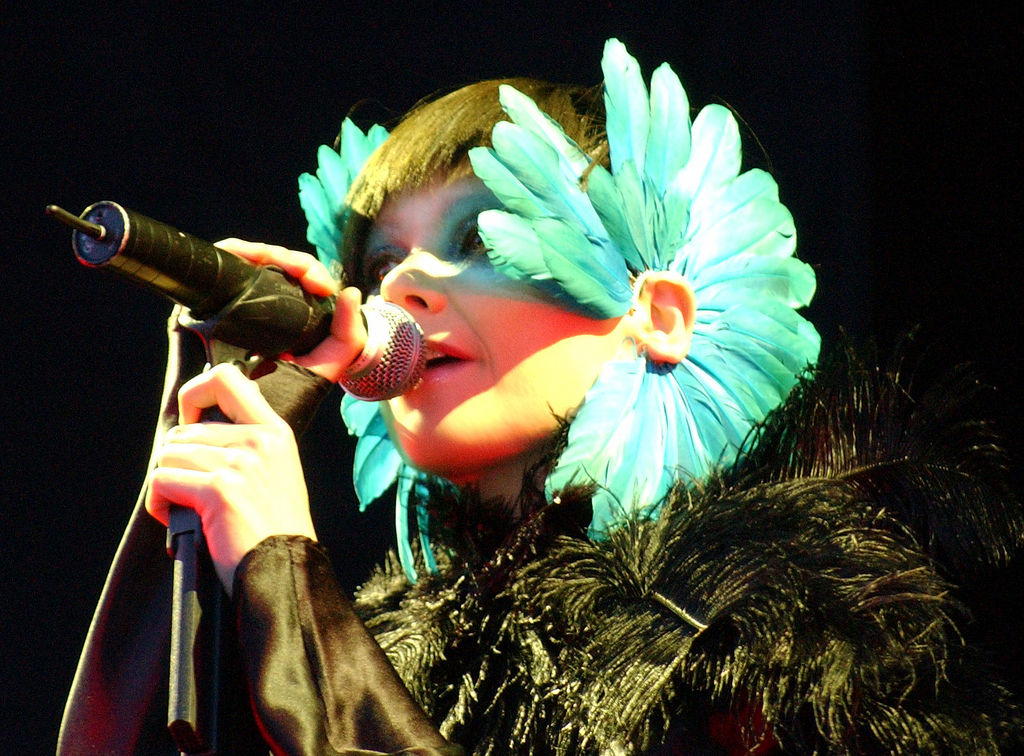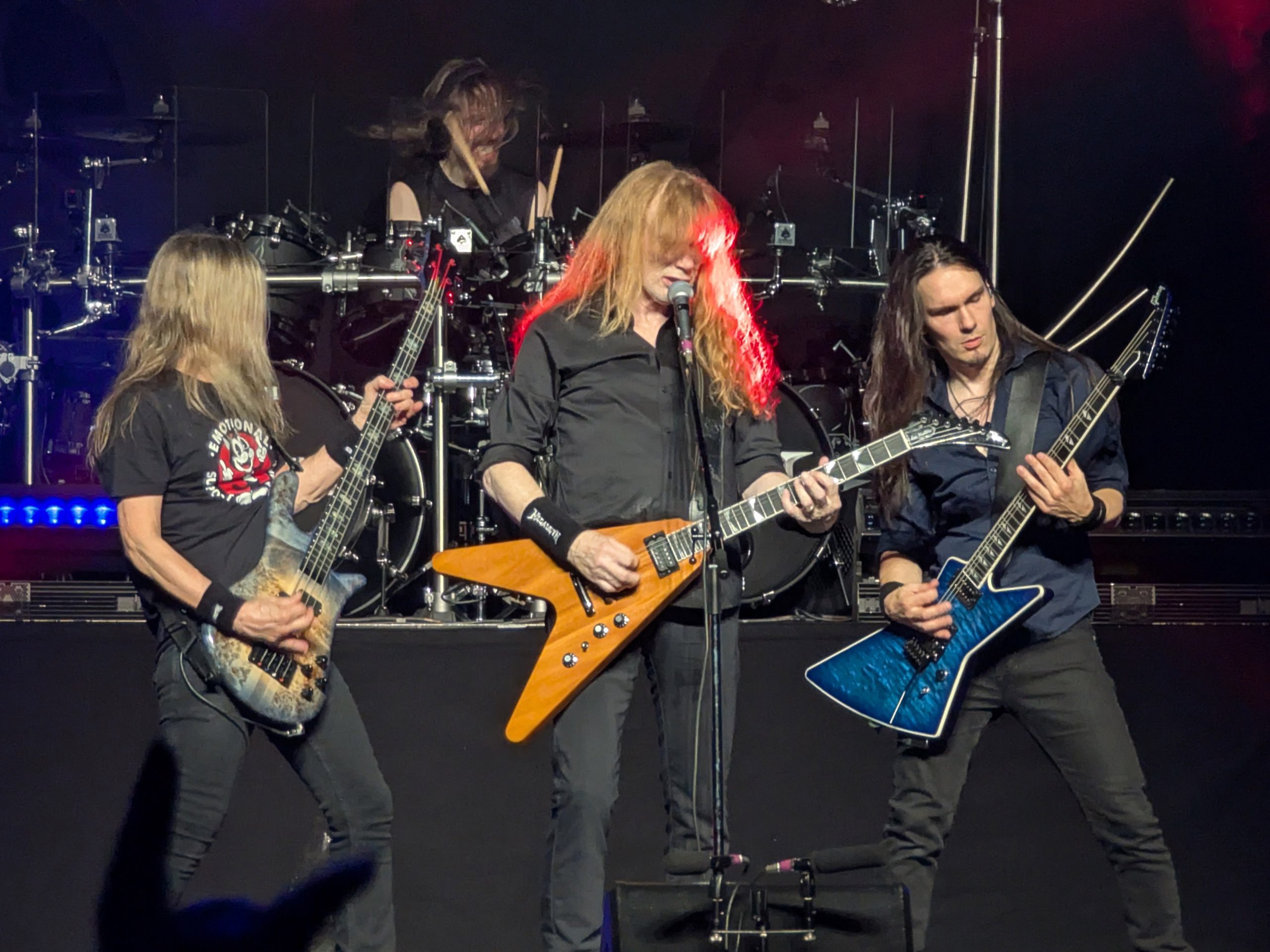
Forget the predictable scares dominating your For You page. Real horror lives in the shadows, where filmmakers craft experiences that burrow under your skin like that one TikTok you can’t stop thinking about. These films don’t rely on jump scares or gore festivals—they understand that true terror comes from atmosphere, innovation, and psychological dread that hits different than your typical Netflix algorithm pick. Each selection earned its place by prioritizing substance over spectacle, delivering genuine chills that linger long after the credits roll.
19. The Devil Rides Out (1968)

Christopher Lee trades his Dracula cape for the hero’s role in this Satanic thriller about rescuing a friend from devil worship. The film delivers genuine occult scares, including an actual goat-headed demon during ritual sequences. Lee brings conviction to his devil-hunting character, making supernatural battles feel genuinely urgent rather than campy.
Hammer Films applies gothic sensibilities to occult horror, creating atmosphere that makes Satanic threats feel real and immediate.
18. Onibaba (1964)

Ancient Japanese folklore meets post-war trauma in this haunting tale of two women who seduce and murder samurai in tall grass fields. When a familiar man returns from war, jealousy transforms the older woman into something monstrous, literally embodied through a demon mask from traditional theater. The psychological transformation feels more terrifying than any special effect.
Director Kaneto Shindo roots horror in human emotion rather than supernatural threats, creating scares that feel earned through character development.
17. Castle Freak (1995)
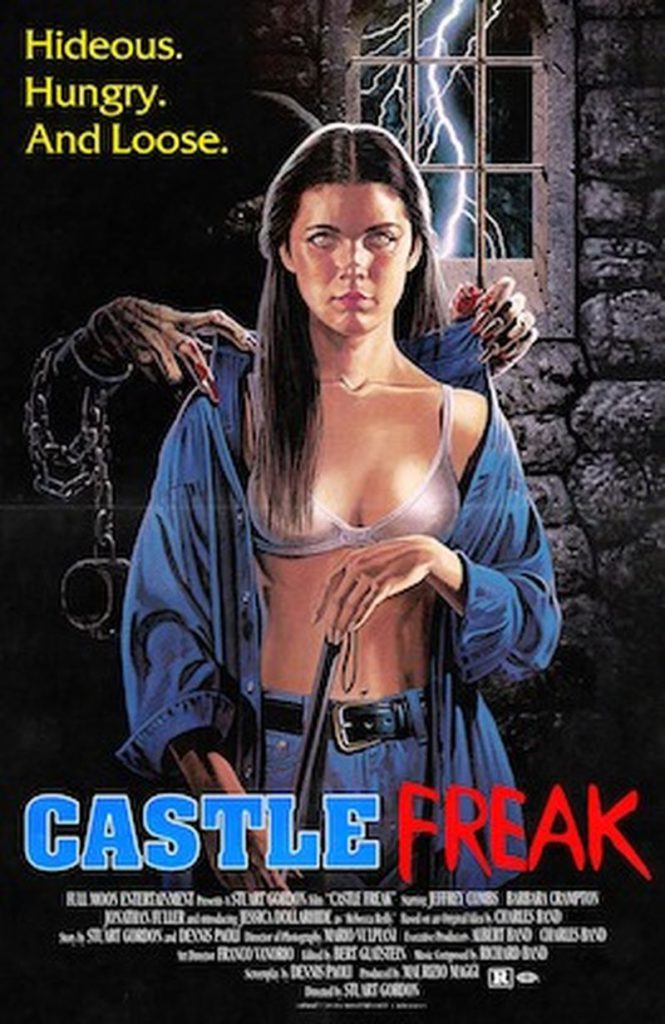
Stuart Gordon reunites Jeffrey Combs and Barbara Crampton for this Lovecraft-inspired tale of family inheritance gone horrifically wrong. An Italian castle harbors a chained creature whose existence threatens a marriage already strained by tragedy. The practical effects create genuinely horrifying monsters, while family drama adds emotional stakes beyond typical creature features.
This represents Full Moon’s rare attempt at serious horror rather than camp, elevating exploitation material into psychological terror.
16. Theater of Blood (1974)

Vincent Price weaponizes Shakespeare in this darkly comedic revenge tale that’s giving main character energy before that was even a thing. A scorned actor systematically murders critics who destroyed his career, using Shakespearean death scenes as his blueprint. Price transforms into different characters with theatrical flair, creating moments that swing between genuinely funny and absolutely brutal.
The film asks how far you’d go to defend your artistic integrity. Price’s unhinged performance provides the answer with zero chill.
15. Demonic Toys (1992)
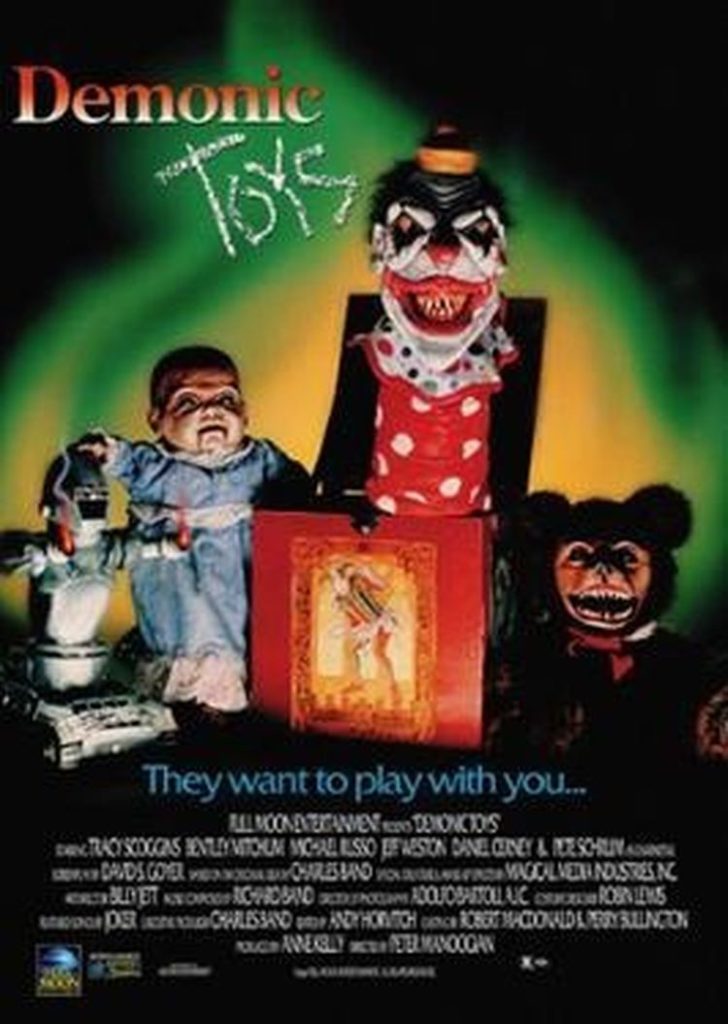
Full Moon Entertainment’s killer toy nightmare proves low-budget horror can deliver genuine scares through creativity rather than expensive effects. When people become trapped in a warehouse with possessed playthings, each toy develops distinct personalities that make them memorable villains. Jack-in-the-Box and Baby Oopsie Daisy create more genuine creepiness than their modest budget should allow.
The film embraces B-movie madness while taking Satanic themes seriously enough to generate real scares despite obvious limitations.
14. The Empty Man (2020)

Cosmic horror rarely gets theatrical releases, making this underseen gem feel like discovering a deleted scene from reality. A retired cop investigating a missing person case uncovers a cult worshipping an ancient entity whose summoning rituals prove terrifyingly effective. James Badge Dale brings emotional depth that grounds supernatural elements in human grief.
The opening sequence ranks among horror’s greatest cold opens. For viewers craving Lovecraftian dread without typical monster movie clichés, this delivers atmospheric chills.
13. Dr. Jekyll and Mr. Hyde (1931)

Classic horror proves its lasting power through this adaptation that remains shocking nearly a century later. Fredric March’s Oscar-winning dual performance explores duality between civilized behavior and primal urges, with Mr. Hyde’s relationship adding sexual themes that feel bold even today. The transformation sequences use practical effects that still impress.
Director Rouben Mamoulian understood that true horror comes from recognizing evil within ourselves rather than external monsters.
12. The House by the Cemetery (1981)

Lucio Fulci’s banned video nasty follows a family discovering their New England home’s deadly history through bodies buried within its walls. The mysterious “Bob’s” bizarre dubbing adds unintentional comedy to genuinely horrifying sequences, while a basement-dwelling doctor provides legitimate scares. Fulci’s gore sequences deliver extreme content that earned controversial reputation.
This represents Italian horror at its most uncompromising, feeling genuinely dangerous like discovering something you weren’t meant to see.
11. The Vampire Lovers (1970)
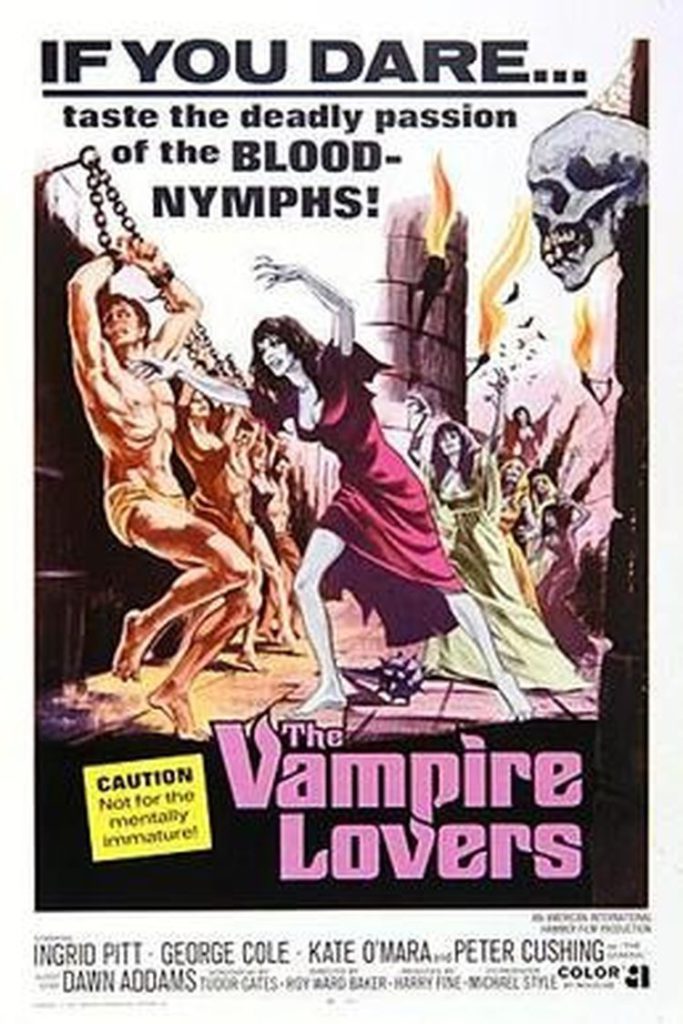
Hammer Films’ “Carmilla” adaptation launched the lesbian vampire subgenre with gothic atmosphere and Ingrid Pitt’s mesmerizing performance. The film combines blood, sexuality, and stunning visuals to create horror that’s simultaneously beautiful and terrifying. Rather than treating vampire themes with excessive seriousness, this embraces the fun inherent in gothic excess.
Director Roy Ward Baker understood vampire films could explore themes beyond traditional horror, creating entertainment that works on multiple levels.
10. A Wounded Fawn (2022)

Modern horror rarely takes risks this bold, following a museum curator targeted by a charming serial killer whose cabin weekend turns supernatural. The film’s second half abandons conventional narrative for dreamlike sequences that challenge expectations like scrolling through surreal TikTok fever dreams. Josh Ruben’s performance anchors visions blending Greek mythology with psychological trauma.
Director Travis Stevens proves contemporary horror can still surprise audiences willing to embrace experimental storytelling through unconventional means.
9. Anthropophagus (1980)

Raw disturbing horror doesn’t get more visceral than this island-set cannibal nightmare. Tourists seeking refuge discover a flesh-eating killer stalking remote Greek locations, leading to genuinely disturbing sequences that push gore boundaries. The underground crypt exploration reveals real human remains, adding authentic creepiness to already unsettling atmosphere.
Director Joe D’Amato creates horror through relentless brutality. The infamous pregnancy scene remains shocking decades later, proving some images burn into memory.
8. Just Before Dawn (1981)

Most slashers trap you in suburban nightmares, but this Oregon-set gem drags you into daylight terror where nature becomes the main character’s worst enemy. Five friends venture into remote mountains to claim inherited property, only to discover machete-wielding twins who know every trail. What elevates this above typical backwoods horror is its masterful use of Silver Falls State Park—waterfalls become genuine threats rather than Instagram backdrops.
The film’s genius move? Making sunlight scarier than darkness. The rope bridge sequence alone will have you gripping your phone.
7. The House on Sorority Row (1982)

College horror usually means drunk kids making terrible decisions, but this sophisticated thriller operates on Hitchcock’s wavelength rather than typical slasher energy. Seven sorority sisters execute a prank that spirals into deadly consequences, triggering methodical revenge that picks them off with calculated precision. The genius lies in restraint—brief glimpses of the killer create more tension than any gore fest.
Director Mark Rosman understood that suspense beats splatter every time, proving that caring about characters makes their deaths hit harder.
6. The New York Ripper (1982)

Lucio Fulci’s controversial thriller pushes boundaries most filmmakers wouldn’t dare approach, following a detective hunting a serial killer whose Donald Duck voice creates deeply unsettling cognitive dissonance. The contrast between cartoonish speech and savage murder sequences generates horror that feels genuinely disturbing rather than merely shocking.
This isn’t entertainment for everyone—Fulci crafts a deliberately challenging experience that examines how extreme content tests boundaries. The final reveal delivers genuine insanity.
5. Mask of the Red Death (1964)
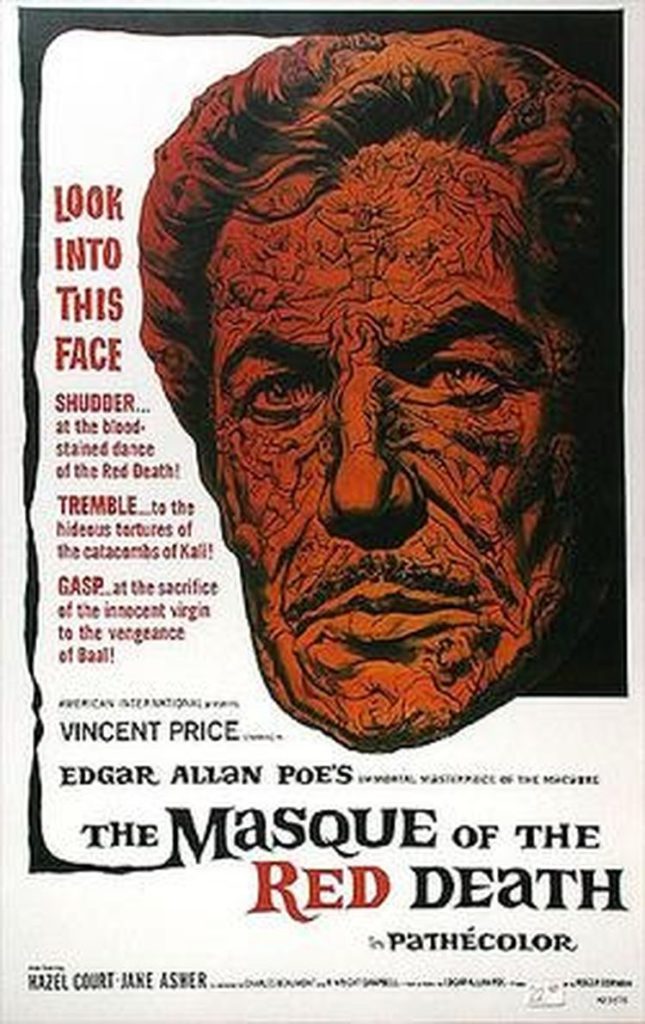
Roger Corman’s Edgar Allan Poe adaptation transforms gothic horror into visual poetry, with Vincent Price delivering career-defining evil as a plague-dodging prince. The film explores power’s corruption while peasants suffer outside castle walls, but the real terror emerges from Price’s philosophical discussions about morality versus evil. Corman’s artistic direction creates atmosphere that feels genuinely otherworldly.
This isn’t your typical monster movie—it’s horror as high art, proving that terror can be beautiful while remaining absolutely devastating.
4. The Case of the Scorpion’s Tail (1971)

Sergio Martino’s giallo gem proves the subgenre doesn’t always require grim brutality to succeed. This lighter entry follows a widow whose husband’s suspicious death reveals a massive insurance payout—and someone willing to kill for it. George Hilton and Anita Strandberg bring genuine chemistry that elevates the mystery beyond standard thriller mechanics…. What sets this apart is its balance of intrigue and romance, making you invested in survival rather than just counting bodies.
3. The Black Cat (1934)

Boris Karloff and Bela Lugosi star in this pre-Code thriller that tackles taboo subjects modern films still avoid. Lugosi plays hero against Karloff’s genuinely sinister villain, with themes including incest, torture, and Satanism woven throughout. The film’s power comes from what remains unsaid, letting viewers’ imaginations fill disturbing details.
This represents Hollywood’s brief creative freedom before censorship codes, feeling genuinely transgressive through suggestion rather than explicit imagery.
2. Dagon (2001)

Stuart Gordon’s Lovecraft adaptation brings cosmic horror to coastal Spain, following a shipwrecked couple who discover an island village worshipping an ancient sea god. Based on “Dagon” and “The Shadow Over Innsmouth”, the film features cultists and practical effects that range from fantastic to questionable. Despite mixed CGI, the makeup work creates genuinely unsettling creatures.
This represents ambitious filmmaking on limited budget, proving passion for source material can overcome technical limitations while delivering twisted visions.
1. The Mortuary Collection (2019)
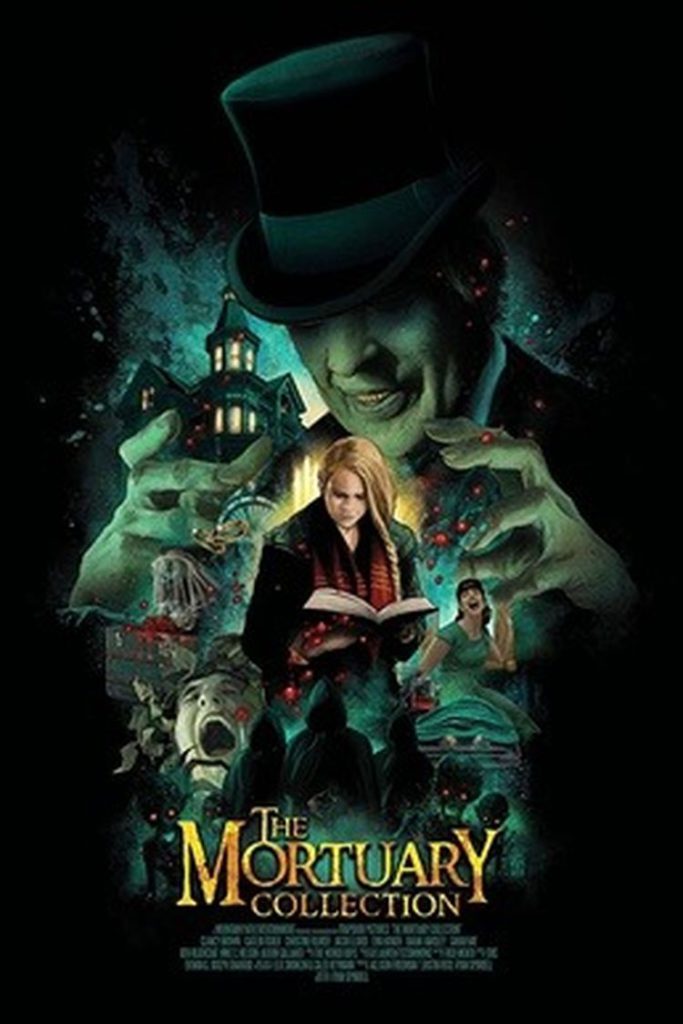
Horror anthologies require perfect balance between individual stories and overarching narrative, which this collection achieves through Clancy Brown’s mesmerizing undertaker performance. Four tales spanning different decades showcase various horror subgenres while maintaining consistent quality. Brown’s presence ties everything together, creating atmosphere that makes each story feel connected.
Director Ryan Spindell understands what makes anthologies work—strong framing device, varied stories, and commitment to practical effects over digital shortcuts.







